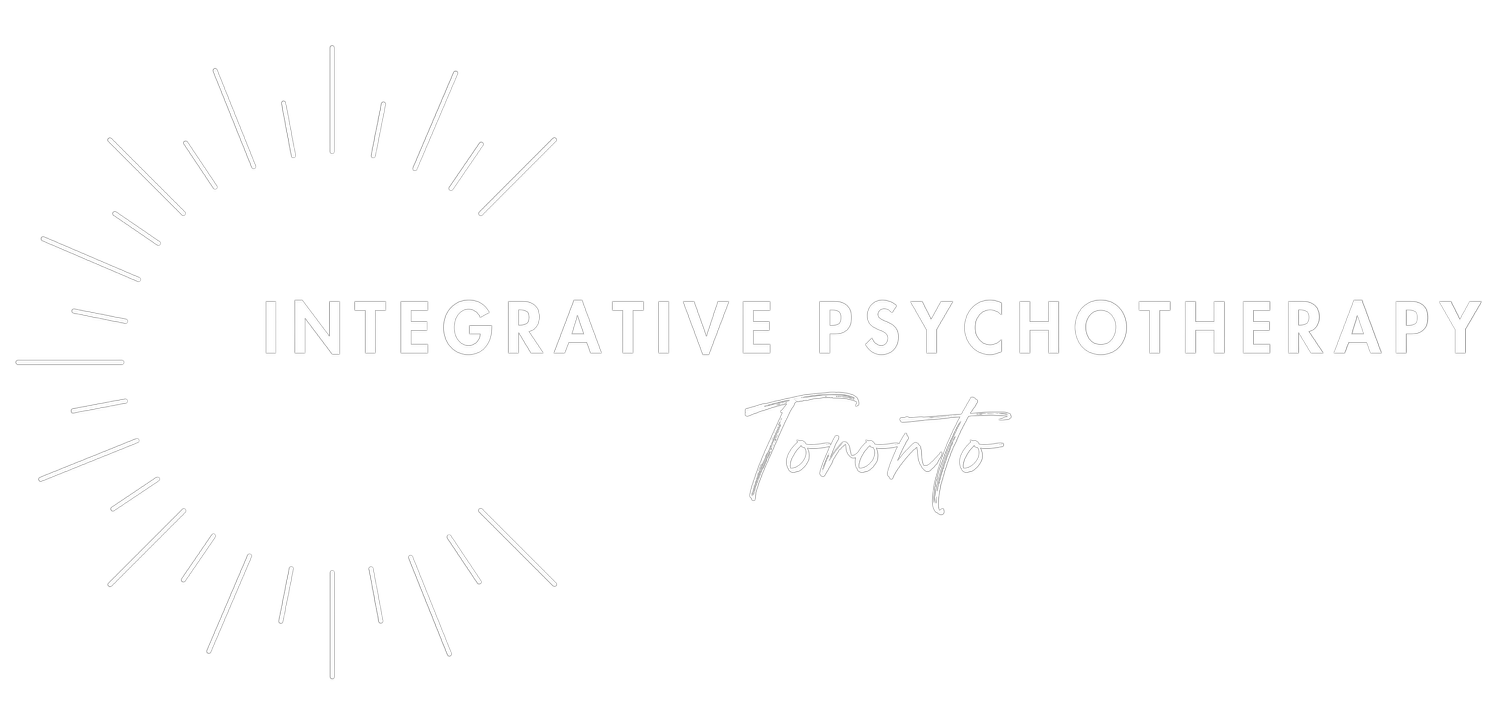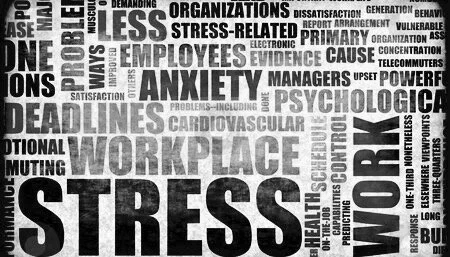Post-Traumatic Stress Disorder (PTSD) isn't confined to war veterans; it's a mental health challenge that can affect anyone who has confronted a traumatic experience. In this blog post, we embark on a journey to explore the intricacies of PTSD, from its origins to recovery stages and a range of treatment options.
Defining PTSD
PTSD is a mental labyrinth of symptoms that can emerge after being exposed to a traumatic event, whether it's a physical blow, emotional turmoil, or psychological upheaval. These events can be singular or a series of experiences, each capable of overwhelming a person's resilience.
The symptoms of PTSD unfold in four distinctive clusters:
1. Echoes of the past: Flashbacks, nightmares, and intrusive thoughts that relentlessly hark back to the traumatic event.
2. Evasion: A fervent attempt to dodge any triggers connected to the trauma, be it places, people, or activities.
3. Hyperalertness: The world turns hypersensitive, marked by irritability, sleep disturbances, and a hair-trigger response to stimuli.
4. Cognition in turmoil: Perpetual negative emotions, guilt, detachment from loved ones, and abandonment of once-enjoyed pursuits.
It's vital to acknowledge that not everyone facing trauma will be ensnared by PTSD, and the intensity and duration of these symptoms can be a labyrinth in itself, varying vastly between individuals.
The Multifactorial Nature of PTSD
PTSD is caused by exposure to traumatic situations, ranging from combat trauma, sexual assault or natural disasters to life-threatening accidents, violence or childhood neglect or abuse. Yet it's important to note that not everyone navigating these ordeals will end up within the web of PTSD.
Multiple factors amplify the risk of succumbing to PTSD after a traumatic event:
Severity of the trauma: The more intense the trauma, the higher the likelihood of PTSD.
The embrace of support: A robust support system encompassing friends and family acts as a shield against PTSD.
A history of trauma: Past scars can augment vulnerability.
Mental health's narrative: Pre-existing mental health issues may heighten the risk.
Genetic inkling: Studies suggest genetics play a part in molding the PTSD landscape.
The brain and body's response to trauma invokes a symphony of stress hormones, such as cortisol and adrenaline, influencing how the brain records traumatic memories. Some individuals may possess a genetic disposition that magnifies their stress response, making them more susceptible to the clutches of PTSD.
Stages of Recovery
1. The Act of Acknowledgment
The journey to recover from PTSD starts with recognition and acceptance. Many individuals attempt to stow away or deny their symptoms, but acknowledging the need for help marks the first step towards unraveling the tangle. This stage can be a maze, as it involves confronting the reality of the trauma and its profound impact.
2. Seeking Guidance
The path to recovery often necessitates professional guidance. Mental health experts, including therapists and psychiatrists, should be consulted when needed.
3. Weaving a Safety Net
Recovery from PTSD often thrives on a support network. Building a web of friends and family who offer emotional shelter is instrumental. These nurturing connections can aid in regaining a sense of security and trust, which the traumatic event might have eroded.
4. Facing the Pain
One of the most challenging phases is delving into the abyss of traumatic memories. Various therapeutic techniques, like exposure therapy or eye movement desensitization and reprocessing (EMDR), are lanterns guiding individuals through this cavern, helping them weave their traumatic experiences into the fabric of their lives.
5. Crafting Resilience
Recovery entails acquiring and implementing resilience techniques to navigate the tumultuous waters of PTSD symptoms. Strategies may include relaxation methods, mindfulness, and stress-alleviating tools. The art of handling distressing emotions is a core part of this journey.
6. Embracing the Dawn
The final stage heralds reintegration, where individuals set out to reclaim their lives and reconnect with activities and relationships they might have abandoned due to their symptoms. This phase is a sunrise, marking the transition from being a survivor of trauma to thriving in life once more.
Paths of Healing for PTSD
Numerous avenues pave the path of healing for PTSD:
Eye Movement Desensitization and Reprocessing (EMDR): This psychotherapy approach endeavors to untangle traumatic memories by employing bilateral movements, lessening the emotional charge of the traumatic event.
Psychodynamic Therapy: This mode delves into the labyrinth of unconscious processes and unresolved conflicts that might be fueling PTSD symptoms.
Medication: Antidepressants like SSRIs and SNRIs might accompany therapy to manage symptoms of anxiety and depression.
The Serenity of Mindfulness: Practices like mindfulness meditation and yoga offer tools to manage stress, anxiety, and hyperarousal symptoms.
Alternative Possibilities: Complementary therapies, such as acupuncture, aromatherapy, and herbal remedies, can offer solace when intertwined with evidence-based approaches.
Conclusion
By offering recognition, professional support, a sturdy support network, and a smorgasbord of therapeutic choices, individuals set forth on a journey of reclamation, breaking free from the bonds of trauma. The crucial element lies in finding the exact amalgamation of therapies and interventions that resonate with each person's unique requirements and preferences.
At Integrative Psychotherapy Toronto, our ultimate mission is to empower our clients to attain lives filled with joy and fulfillment. We craft bespoke therapy plans tailored to cater to each client's specific needs, acknowledging their mental, physical, and spiritual dimensions to foster holistic healing. If you or someone you know grapples with PTSD or emotional challenges, don't hesitate to reach out to us today.







